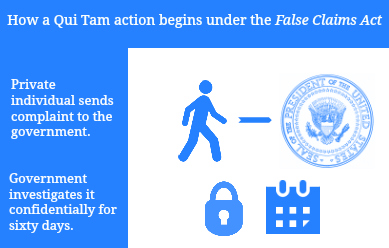In an eighteen-year-old case alleging disproportionate assets, a court in Bangalore today found Tamil Nadu Chief Minister J. Jayalalithaa guilty. The allegations go back to her term as Chief Minister between 1991 and 1996, during which she had, without being involved in any businesses and while receiving a monthly salary of Re. 1, allegedly collected assets worth Rs. 66 crore, including 2,000 acres of land, 30 kg of gold, and 12,000 sarees.
The conviction took place under Section 13(1)(e) of the Prevention of Corruption Act, 1988 which defines the offence of criminal misconduct by a public servant. One of the ways in which a public servant is deemed to conduct criminal misconduct is when that person cannot satisfactorily account for pecuniary resources or property disproportionate to his known sources of income. The explanation to the Section defines known sources of income as “income received from any lawful source and such receipt has been intimated in accordance with the provisions of any law, rules or orders for the time being applicable to a public servant.”
Once the prosecution establishes the disproportionate nature of the assets, the public servant will be presumed guilty of the offence under this provision. The onus then, of proving that he acquired the assets through legal means will rest with the public servant.
The punishment for criminal misconduct by a public servant is laid down in Section 13(2), which states “any public servant who commits criminal misconduct shall be punishable with imprisonment for a term which shall be not less than one year but which may extend to 7 years and shall also be liable to fine.” While arriving at a sentence, the court has to consider the amount or value of the pecuniary resource or property for which the accused is unable to account satisfactorily. One of the major changes brought about by this law over the repealed Prevention of Corruption Act, 1947 is that the courts are no longer allowed to impose a sentence less than the one prescribed.
Jayalalithaa will also have to step down as Chief Minister of Tamil Nadu following the Supreme Court’s judgment last year in the famous Lily Thomas Case which stated that any law-maker convicted with a sentence longer than two years should be immediately disqualified from office. The Cabinet had even tried to promulgate an ordinance to nullify the judgment after the Supreme Court rejected a petition by the Centre to review the case, but it was never passed.
Jayalalithaa’s close aide Sasikala Natarajan, her niece Ilavarasi and her disowned foster son Sudhakaran were also convicted in the case.
(Prapti Patel is a student of the Indian Law Society’s Law College in Pune.)
The article was edited for more clarity on the ordinance.




